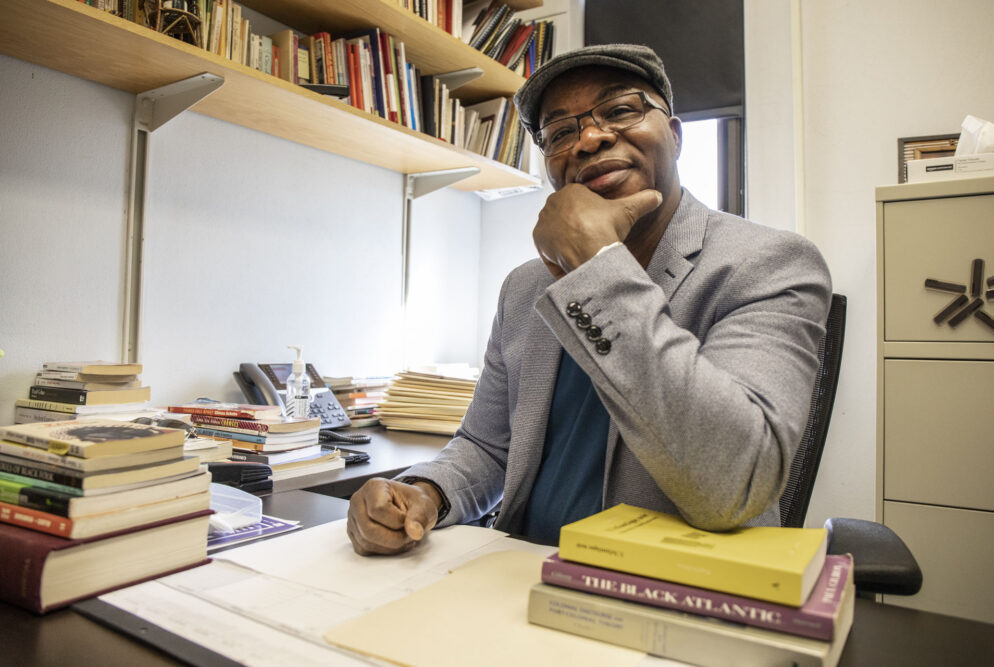“I am re-reading Paul Gilroy’s ‘L’Atlantique Noire,’ in French this time! In his work, ‘The Black Atlantic: Modernity and Double Consciousness,’ Gilroy articulates engaging and provocative postulations that could help frame current socio-cultural and political occurrences in America and in Europe. Gilroy’s book, to me, remains one of the outstanding critical approaches which seek to discuss and elucidate the on-going mutations and other complexities of the identities of the Black diasporic subject. Discussing Black transnational mobilities of African-Americans and Caribbean (of Africans in exile later in his work) Gilroy argues that ‘Whether their experience is enforced or chosen, temporary or permanent, these intellectuals and activists, writers, speakers, poets, and artists repeatedly articulate the desire to escape the restrictive bonds of ethnicity, national identification, and sometimes, even “race” itself.’ As an African and Francophone intellectual (with a triple heritage of African, French, and Arabo-Islamic cultures), I cannot but find high resonance in Gilroy’s discussion on this complex psychological état d’être which transcends the simple fact of being.
This constant effort of internalizing and reconciling chosen or forced heritages is vividly and pertinently captured in Gilroy’s book through his discussion of Dubois’ notion of ‘double consciousness’ in the African American individual.
Also, Gilroy re-locates enriching contributions by Black diasporic subjects toward the center of modern capitalist European societies. Gilroy’s conception of diaspora here is neither exclusively African, Caribbean, American or strictly located in any one Western European country. Furthermore, ‘The Black Atlantic’ proposes an analysis of the historical as well as contemporary constructions of race, racial difference, class, and identity. The author argues for a more rigorous and informed engagement with the representation of the ‘others,’ with separate identities emerging in culturally syncretizing modern western societies.
Gilroy’s book constitutes an important tool in my teaching repertoire for all my literature and culture courses.
